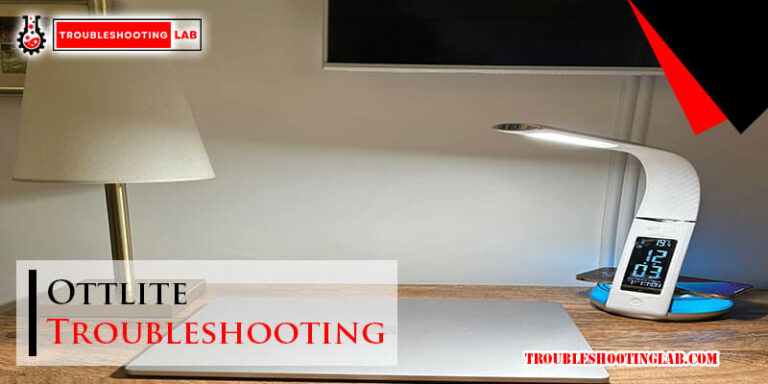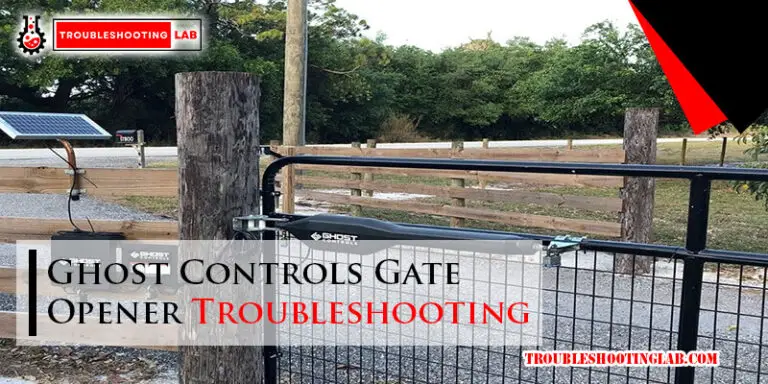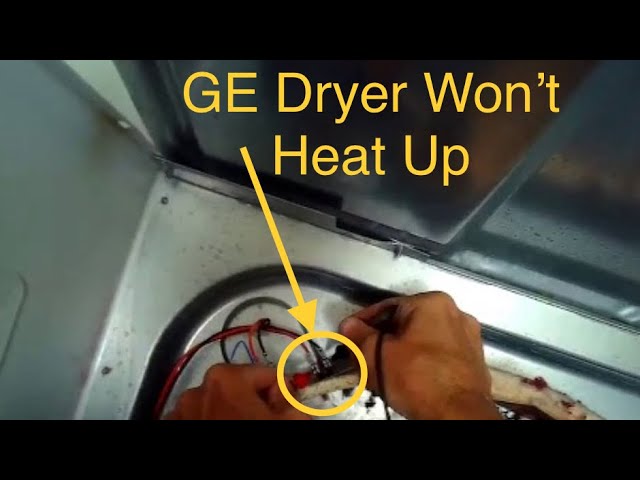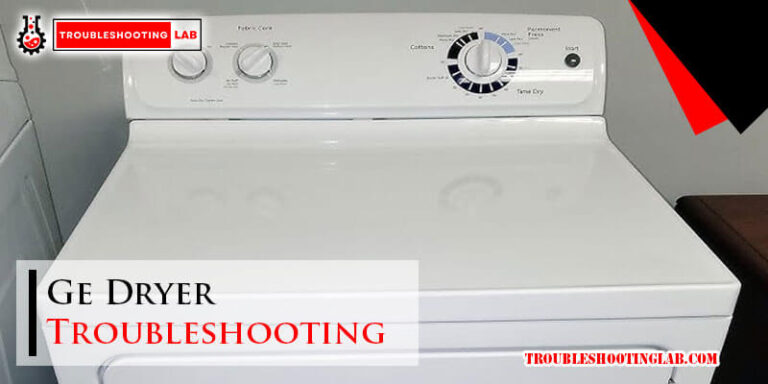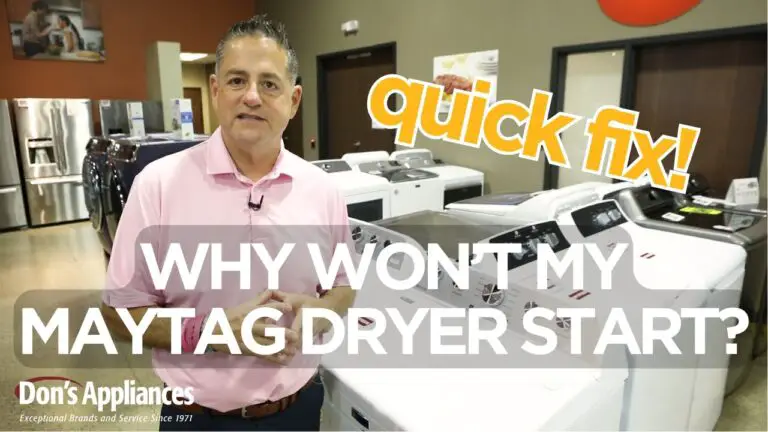Overhead Garage Door Troubleshooting: Quick Fixes & Tips
Overhead garage doors can sometimes act up. They may not open or close properly.
This can be frustrating. Understanding common issues can save you time and money. Overhead garage door troubleshooting involves identifying the problem and finding a solution. It can range from simple fixes like checking the remote’s batteries to more complex issues involving the door’s mechanics.
By learning to troubleshoot, you can often solve these problems yourself. This guide will help you understand the basics of overhead garage door troubleshooting. It will cover common issues and their solutions, making it easier for you to handle any garage door problems. Let’s get started on keeping your garage door in top shape.
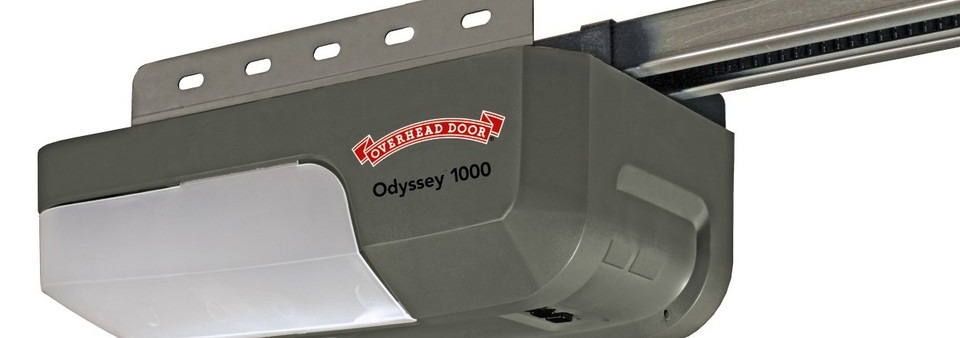
Credit: overheaddoorpartsonline.com
Common Garage Door Problems
Dealing with a malfunctioning garage door can be frustrating. Identifying common garage door problems is the first step to resolving them. Below, we will explore some typical issues you might face and how to troubleshoot them.
Door Won’t Open Or Close
One of the most common issues is a garage door that won’t open or close. This problem can stem from several causes:
- Power Source: Ensure the opener is plugged in and the circuit breaker is not tripped.
- Remote Control: Check the batteries in your remote control. Replace if necessary.
- Photo Eye Sensors: Clean the sensors and ensure they are aligned properly.
- Lock Mode: Some openers have a lock mode. Make sure it is not engaged.
Door Stuck Midway
If your garage door gets stuck halfway, it could be due to:
- Obstructions: Check for any objects blocking the door’s path.
- Springs: Broken springs can cause the door to stop moving.
- Tracks: Inspect the tracks for bends or misalignment.
- Lubrication: Lack of lubrication can cause the door to stick. Apply a suitable lubricant to the moving parts.
Noisy Operations
A noisy garage door can be disruptive. Common causes include:
- Loose Hardware: Tighten any loose bolts or screws.
- Worn Rollers: Replace rollers if they appear worn out.
- Insufficient Lubrication: Lubricate hinges, rollers, and springs to reduce noise.
- Opener Chain: A loose chain can cause noise. Adjust the chain tension.
Basic Safety Precautions
Maintaining and troubleshooting an overhead garage door is essential for its smooth operation. Before diving into repairs, it’s crucial to follow some basic safety precautions. These measures help prevent accidents and ensure a safe working environment. Let’s explore the key safety steps you should take.
Disconnect Power
The first step in ensuring safety is to disconnect the power. Unplug the garage door opener from the electrical outlet. This prevents any accidental activation while you are working. If your system is hardwired, turn off the circuit breaker that controls the garage door opener.
Use Proper Tools
Using the right tools is essential for safe and effective troubleshooting. Always use tools that are designed for garage door maintenance. This includes screwdrivers, wrenches, and pliers. Avoid makeshift tools that can slip or break. Ensure that your tools are in good condition and suitable for the task at hand.
Wear Protective Gear
Personal safety gear is a must. Wear protective gear such as gloves, safety glasses, and sturdy footwear. Gloves protect your hands from sharp edges and pinches. Safety glasses shield your eyes from debris. Proper footwear provides stability and protects your feet from falling objects.
By following these basic safety precautions, you reduce the risk of accidents. Stay safe and ensure a smooth troubleshooting process for your overhead garage door.
Checking The Power Supply
A malfunctioning overhead garage door can be frustrating. One common issue is a disrupted power supply. Checking the power supply is the first step in troubleshooting. This involves inspecting the outlet, testing the remote batteries, and verifying the circuit breaker.
Inspecting The Outlet
The first step is to inspect the outlet where your garage door opener is plugged in. Ensure the plug is securely connected to the outlet. Loose connections can cause power issues.
Next, test the outlet with another device, like a lamp. Plug the device in and see if it works. If the lamp doesn’t light up, the outlet might be faulty. Contact an electrician for further help.
Testing The Remote Batteries
Sometimes, the problem lies with the remote control. Start by testing the remote batteries. Dead batteries can prevent the remote from working.
Follow these steps to test the batteries:
- Remove the battery cover from the remote.
- Take out the old batteries.
- Insert new, fresh batteries.
- Replace the battery cover.
- Test the remote to see if it works.
If the remote still doesn’t work, consider replacing it or contacting a professional for further assistance.
Verifying The Circuit Breaker
The last step is to verify the circuit breaker. A tripped breaker can cut power to your garage door opener.
Follow these steps to check the circuit breaker:
- Locate your home’s electrical panel.
- Find the breaker labeled “Garage” or “Garage Door Opener”.
- Check if the breaker is in the “Off” position.
- If it is, flip the breaker to the “On” position.
If the breaker keeps tripping, there may be an underlying electrical issue. Contact a professional electrician for a detailed inspection.
Inspecting The Tracks And Rollers
Inspecting the tracks and rollers of your overhead garage door is crucial for smooth operation. Regular maintenance ensures the door moves efficiently and prevents potential issues. Let’s explore the steps involved in inspecting, cleaning, lubricating, and checking for damage.
Cleaning The Tracks
Dirt and debris can accumulate in the tracks, causing the door to malfunction. Use a soft cloth or brush to remove any visible dirt. For stubborn grime, a mixture of warm water and mild soap works well. Ensure the tracks are completely dry before proceeding.
Lubricating The Rollers
Rollers need lubrication to move smoothly along the tracks. Use a non-silicon-based lubricant for best results. Apply a small amount to the bearings inside the rollers. Avoid over-lubricating as this can attract more dirt and debris.
Checking For Damage
Inspect the tracks and rollers for any signs of damage. Look for dents, bends, or cracks in the tracks. Check the rollers for any wear or tear. Damaged components should be repaired or replaced immediately to avoid further issues.
Adjusting The Garage Door Opener
Is your garage door not working right? Sometimes, the garage door opener may need adjustments. This can solve many common issues. Let’s look at three key adjustments: reprogramming the remote, adjusting the sensitivity, and resetting the opener. These steps can help get your garage door back on track.
Reprogramming The Remote
First, check the remote. If it is not working, it may need to be reprogrammed. Follow these simple steps:
- Locate the “Learn” button on the garage door opener.
- Press and hold the “Learn” button until the indicator light starts blinking.
- Press the button on the remote you want to reprogram.
- Wait for the indicator light to stop blinking.
The remote should now work with the opener. If not, repeat the steps or consult the manual.
Adjusting The Sensitivity
The sensitivity settings help the opener detect obstacles. If the door reverses or doesn’t close, the sensitivity may be too high or low.
To adjust sensitivity:
- Find the sensitivity adjustment knobs on the opener.
- Turn the “up force” and “down force” knobs slightly to the right for more force.
- Test the door by opening and closing it.
- If needed, make more adjustments until the door operates smoothly.
Be careful not to set the force too high. This can be unsafe.
Resetting The Opener
Resetting the opener can fix many issues. This process clears the memory and settings.
To reset:
- Unplug the garage door opener from the power source.
- Wait for about 30 seconds.
- Plug the opener back in.
- Test the opener to see if the problem is fixed.
If the door still has issues, check the manual for further troubleshooting tips.
Balancing The Garage Door
Balancing your garage door is crucial for smooth operation. An unbalanced door can cause strain on the opener and other components. It also poses safety risks. Regular maintenance ensures your door functions properly and lasts longer. Follow these steps to check and adjust the balance.
Testing Door Balance
First, disconnect the garage door opener. This allows you to manually move the door. Lift the door halfway and release it. The door should stay in place. If it moves up or down, it is unbalanced. Repeat the test to confirm the results.
Adjusting The Springs
Springs play a major role in balancing the door. Locate the adjustment points on the springs. Use a winding bar to adjust the tension. Turn the springs in small increments. Test the door balance after each adjustment. Always handle springs with caution.
Checking The Cables
Cables help lift the garage door. Inspect the cables for wear or damage. Replace frayed or broken cables immediately. Ensure the cables are properly aligned on the pulleys. Misaligned cables can affect door balance. Tighten any loose connections.
Fixing Sensor Issues
Sensor issues can make your garage door stop working. Fixing these problems can be simple. Often, the issue is just dirt or misalignment. Below, we will cover how to clean, align, and replace sensors.
Cleaning The Sensors
Dirt can block the sensors. Clean them to ensure they work. Use a soft cloth. Wipe the sensors gently. Avoid using water or cleaning sprays. These can damage the sensors. Check both sensors. They should be free of dirt and dust.
Aligning The Sensors
Sensors must be aligned to work. If they are not, the door will not close. Look at the sensors. They should face each other. Use a level tool. Adjust until both sensors are in line. Tighten the screws to keep them in place.
Replacing Faulty Sensors
Sometimes, sensors stop working. Cleaning and aligning do not help. In this case, replace the sensors. First, unplug the garage door opener. Remove the old sensors. Install new ones in the same spot. Plug the opener back in. Test the door to ensure it works.

Credit: www.youtube.com
When To Call A Professional
Overhead garage doors are integral to home security and convenience. But they can malfunction. Knowing when to call a professional is crucial. It can save time, money, and headaches.
Identifying Complex Issues
Some garage door problems are easy to fix. A broken spring or a misaligned track can be challenging. If you hear unusual noises, it might be a sign of a deeper issue. Experts can diagnose and fix these problems quickly. They have the tools and experience needed. Attempting to fix complex issues alone can lead to more damage.
Cost Considerations
Hiring a professional might seem expensive. But doing it yourself can be costlier. Professionals can prevent further damage. They ensure the job is done right the first time. This reduces the chance of recurring issues. It saves you from buying unnecessary parts or tools. Investing in a technician can be a smart financial decision.
Finding A Reliable Technician
Not all technicians are equal. Research and read reviews before hiring. Look for someone with a good track record. Ask for recommendations from friends or neighbors. Check if the technician is licensed and insured. This ensures they are qualified and trustworthy. A reliable technician will provide a warranty for their work. This gives you peace of mind and ensures quality service.

Credit: www.youtube.com
Frequently Asked Questions
Why Won’t My Garage Door Open?
Check the power source. Ensure the opener is plugged in. Inspect the remote batteries.
How Do I Fix A Noisy Garage Door?
Lubricate the moving parts. Tighten loose bolts and screws. Replace worn-out rollers.
Why Does My Garage Door Opener Light Blink?
It indicates an issue. Check for obstructions. Inspect the safety sensors for alignment.
What Causes A Garage Door To Reverse?
Misaligned sensors or objects blocking the door. Clean sensors and remove obstructions.
How Can I Reset My Garage Door Opener?
Locate the reset button on the opener. Press it for 10 seconds. Reprogram the remote.
Conclusion
Troubleshooting an overhead garage door can seem daunting, but it’s manageable. Follow the steps outlined to identify and fix common issues. Regular maintenance helps prevent future problems. Check the door’s balance, sensors, and remote batteries often. Seek professional help if problems persist.
Keep this guide handy for quick reference. Ensuring a smooth-functioning garage door enhances home safety and convenience. Happy troubleshooting!

